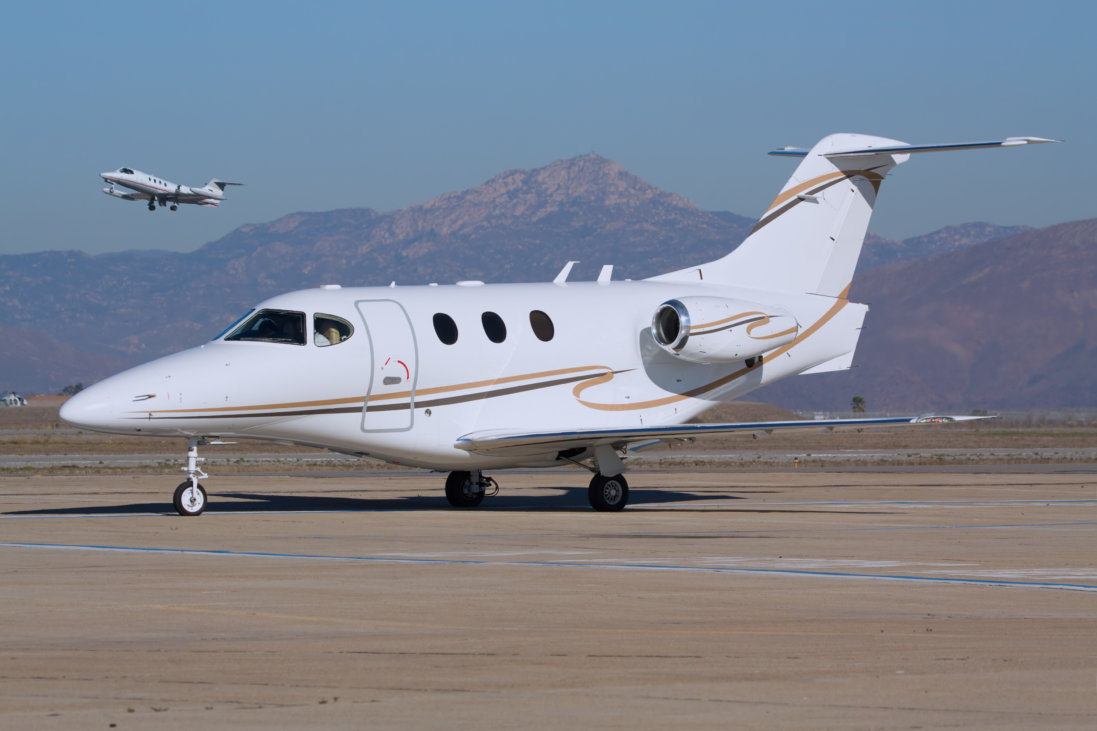
July 26, 2019
The European Union Aviation Safety Agency (EASA) recently issued Regulation (EU) No. 2019/1170, which amends existing regulations by expanding current exemptions for the equipage of data link service capability by Feb. 1, 2020.
The amendment lists two new exemptions, including aged aircraft with an airworthiness certificate first issued before Jan. 1, 1995, and aircraft which have a certified maximum seating capacity of 19 passengers or fewer and a maximum certified takeoff weight of 45,359 kilograms (100,000 pounds) or less and with a first individual certificate of airworthiness issued before Feb. 5, 2020.
EASA targeted 75 percent compliance by the Feb. 1, 2020 deadline, and determined the aircraft exempted through No. 2019/1170 is relatively insignificant to the overall number of flights, when compared to major airspace users. A significant factor among many is that the agency indicated the data link requirement might place “undue economic burden” on these operator categories without providing a significant operational benefit based on the time they would actually use the airspace.
Shawn Scott, owner of Scott International Procedures, said the exemptions will apply to most business aircraft, with the exception of very large cabin airplanes over 100,000 pounds such as the Gulfstream G650 ER and aircraft models typically used by airlines (i.e., Boeing Business Jets, Airbus Corporate Jets and others), but cautions aircraft owners and operators to consider all factors in equipping their aircraft.
For example, aircraft using the North Atlantic High Level Airspace (NAT HLA) must still be in compliance with FANS/1A + data link communications mandates (FL 290 and above) by Jan. 30, 2020. That FANS/1A+ SAT requirement is in an ICAO separate regulation and has not been modified. So the VDL Mode 2 (VHF Data link) ATNB1 requirement or its exemptions for Europe does not affect the NAT/HLA SAT capability requirement.
“Keep in mind the NAT/HLA will still require CPDLC above FL 290 beginning Jan. 30, 2020,” said Scott. “Owners and operators also need to fully consider where this capability may be required in the future. I encourage operators to watch upcoming data link services airspace requirements and ensure requirements are planned for and do not assume these new exemptions will apply worldwide and therefore terminate equipage considerations and or work to meet data link requirements.”
Scott further recommends that if operators intend to take advantage of the exemptions provided, they should print a copy of the exemption change EU No. 2019/1170 to keep onboard in case it becomes an issue during a future EU RAMP check.


 International Business Aviation Council Ltd.
International Business Aviation Council Ltd.